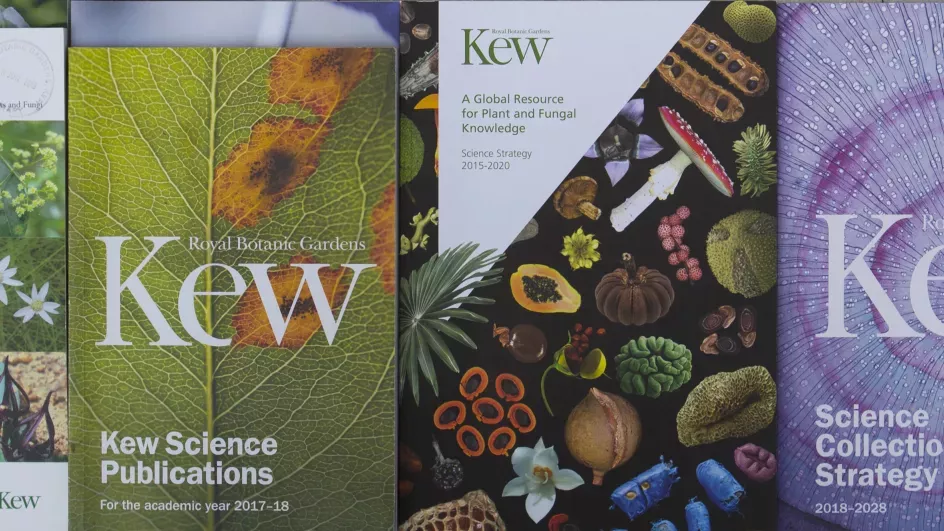CITES resources
Find many of the CITES resources such as checklists and publications here.

The Convention on International Trade in Endangered Species of Wild Fauna and Flora, better known as CITES, controls and monitors some 30,000 plants threatened, or potentially threatened, by international trade.
On this page you can find checklists and user guides with useful details and information of CITES-listed species. These publications and resources are intended for CITES authorities, CITES users and anyone interested in CITES implementation or conservation of the plant groups listed.
We are the UK CITES Scientific Authority for plants. If you need any further help or training, please contact us at CITES@kew.org. Current CITES publications are outlined below.
Many of the CITES publications are available to purchase from the Kew shop.
Dalbergia
The checklist for Dalbergia species is a result of the implementation of Decisions 18.307 and 18.308 on Production of a CITES checklist for Dalbergia spp, adopted by the Conference of the Parties at its 18th meeting (CoP18, 2019).
-
CITES Dalbergia Checklist 2022 (EN) (PDF) -
CITES Dalbergia Checklist 2022 (SP) (PDF) -
CITES Dalbergia Checklist 2022 (FR) (PDF)
Orchids
The family Orchidaceae is listed on Appendix II of CITES, except the taxa listed on Appendix I. These checklists are intended to be a useful quick reference for CITES Authorities and other interested stakeholders. The user's guide covers the widely traded slipper orchids and outlines how they are regulated by CITES.
Timber
This guide covers the main timber species regulated by the Convention on International Trade in
Endangered Species (CITES). Written for the non-expert, individual sections cover the species found in trade, with details on their distribution, uses, traded parts and derivatives, and scientific and common names.
Succulents
The CITES Aloe and Pachypodium and Cactaceae checklists are the current CITES standard reference for these species. The CITES and Cacti Guide covers the widely-traded cacti group and outlines how they are regulated by CITES.
-
Supplement to the CITES Cactaceae Checklist, 3rd Edition (2019) (PDF) -
CITES Cactaceae Checklist, 3rd Edition (2016) (PDF) -
CITES and Cacti: A User's Guide (2012) (PDF) -
CITES Aloe and Pachypodium checklist (2001) (PDF)
Cycads
This User's Guide covers the widely-traded cycad group and outlines how they are regulated by CITES.
Carnivorous plants
This checklist incorporates the largest collection of published names for Dionaea, Nepenthes and Sarracenia, the three carnivorous plant genera included in the CITES Appendices.
Bulbs
Produced as a tool for the day-to-day implementation of CITES, this book will be of equal value to botanists, horticulturists, growers, collectors and gardeners. It is a quick and easy reference to the accepted names of Cyclamen, Galanthus and Sternbergia, with identification keys, synonyms and information on distribution
Discover more
-

Publications and reports
We share our plant and fugal knowledge by regularly publishing reports and publications.
-

Projects and programmes
We're addressing key global challenges such as climate change and food security.